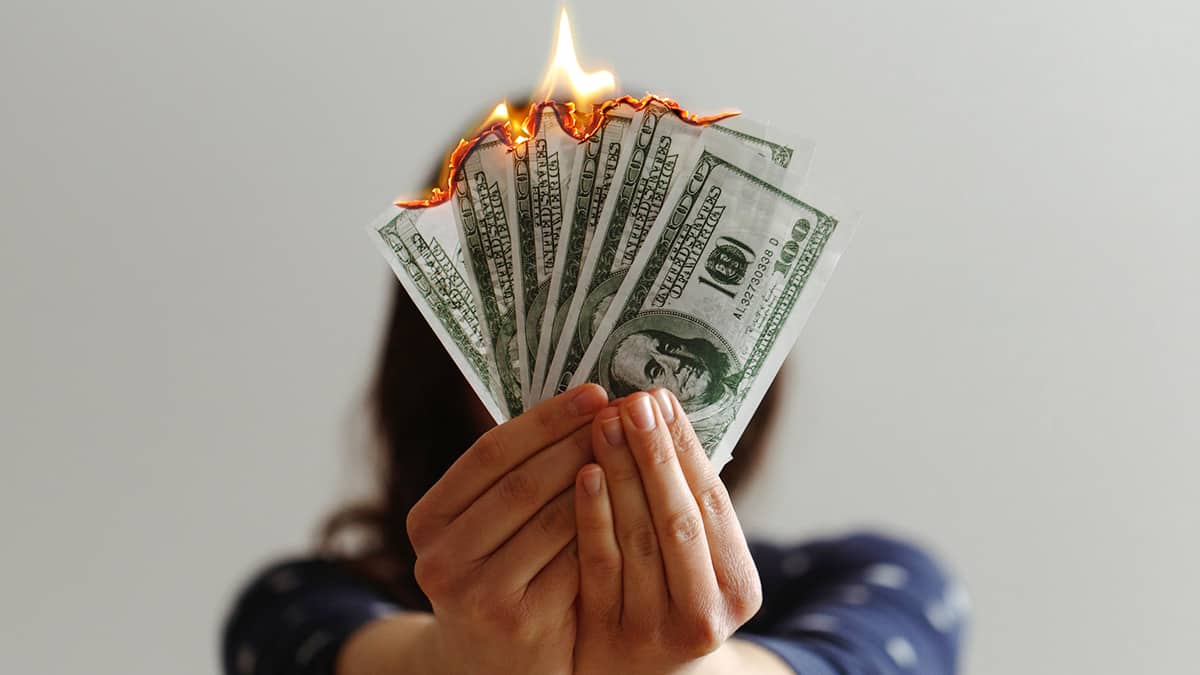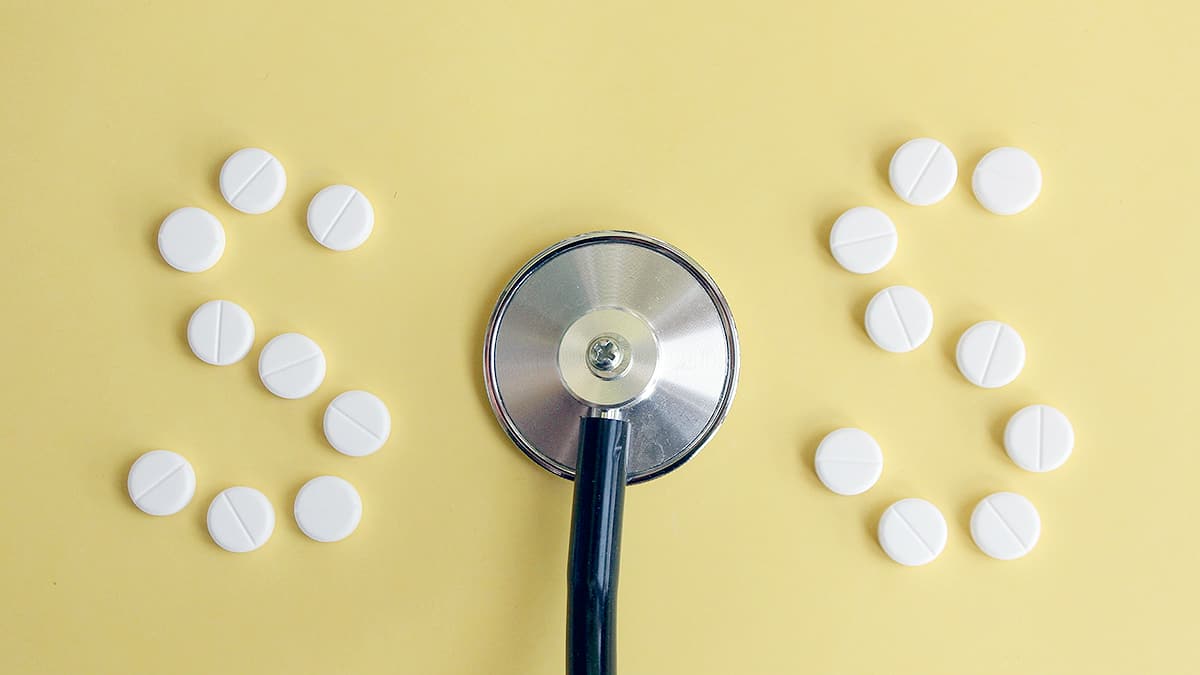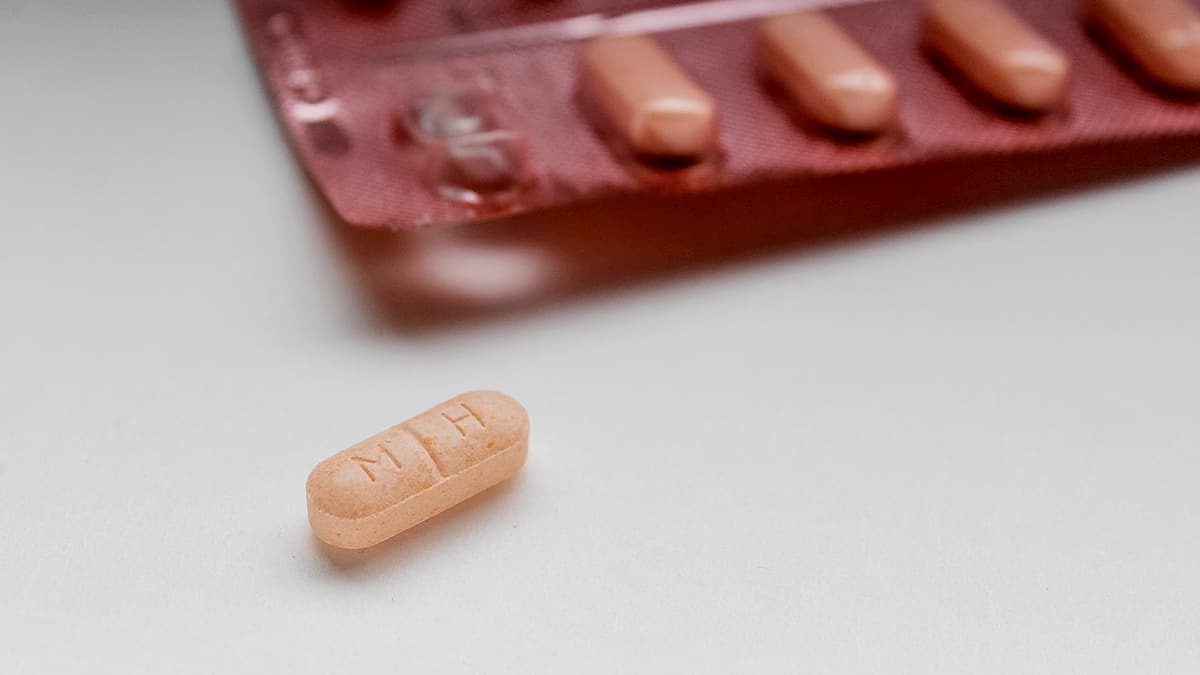What are the Most Expensive Medications?
high drug prices

It seems like every day brings news of an expensive prescription medication hitting the market or increasing in price. With the changing landscape of healthcare in the United States, this isn't likely to be a subject matter that is dropped anytime soon.
We often hear from American customers that their medications cost them hundreds, or even thousands of dollars each month, which is why they're looking at international online pharmacies in the first place. Just like any other necessary good or service, if the price is too high, you search elsewhere. There's no reason it shouldn't be the same for prescription drugs — especially considering the exorbitant prices Americans endure.
There are many factors that go into the retail price of any given medication. We'll briefly go over them here, and then get into the most expensive prescription medications on the market today.
Major Factors in Drug Prices
There are multiple different factors in the retail price of drugs, including but not limited to:
- Whether there is a generic version or only a brand name available
- If there are any comparable drugs available
- If the disease is rare or common
- How long the drug took to develop
- How complicated the research and development process was
- How close the patent is to expiring (the price is sometimes artificially inflated just before the patent expires)
- Inflation
- Government regulation (or lack thereof)
With the list we're compiling here, we won't be able to fully explain why these medications are so expensive, but knowing that these factors are in play may help speculate as to where the manufacturers are coming from when setting the price.
An important note about the final bullet point: government regulation. The United States government has taken a unregulated approach to pricing in its healthcare system, which relies heavily on competition to determine the price. Unlike other developed countries, they do not restrict the price of medication for sale in the country, which leaves pharmaceutical companies open to charge basically anything they want. As much as we'd like to believe profit isn't a motivating factor here, we cannot ignore that this is a key factor in drug prices.
Here are the most expensive drugs currently on the market.
11 Most Expensive Prescription Drugs
1. Zolgensma - $2.125 million
In May 2019, the U.S. Food and Drug Administration (FDA) approved a new gene therapy treatment for a rare disease called spinal muscular atrophy (SMA). SMA degrades the nerves that control muscles, and unlike many diseases, the earlier it's caught, the worse it typically is. When SMA is discovered in infants (type 1), they don't often make it — some with really bad cases not even making it to their second birthday. When SMA is discovered in teens or adults (types 2, 3, and 4), reports frequently indicate a higher motor function level.
The new gene therapy drug is marketed under the name Zolgensma, was developed by AveXis, Inc., and is owned by the pharmaceutical giant Novartis. As of its approval, it is officially the most expensive prescription drug ever, with a price tag of $2.125 million. Alternatively, Novartis also offers a payment plan for insurance companies over a period of five years, making the annual commitment $425,000.
While it's difficult to justify a $2.125 million price tag on any medication, Novartis executives claim that Zolgensma is "easily worth it" because it's a one-time treatment that provides a lifetime of benefit.
The only other drug available to treat SMA is Spinraza and was approved in 2016. Instead of a one-time treatment, Spinraza needs to be administered three times a year after the four initial treatments, and costs hundreds of thousands of dollars per year.
2. Luxturna - $850,000
Luxturna is another gene therapy drug developed to treat a rare genetic form of retinal dystrophy that causes severe vision impairment, and in some cases, total blindness. This type of retinal disease is not developed over time — rather, it's something you're born with. In fact, that's what "dystrophy" means. Without treatment, the person born with retinal dystrophy will have major, irreversible vision issues for the rest of their lives.
Like Zolgensma, Luxturna is designed to be a one-time treatment, which also makes it incredibly expensive. Adding to the complications of this treatment, Luxturna needs to be administered by a physician because it involves injections directly into the eye. Each vial costs about $425,000, and one vial of the medication is needed per eye, bringing the total to $850,000.
Again, this treatment is for a rare, congenital disease and there are no alternatives — both significant factors in the hefty price. Even so, it's still much less expensive than Zolgensma. (Not that $850,000 could possibly be considered "affordable.")

3. Myalept - $840,000+
Myalept is a drug that treats leptin deficiency, which is a rare condition that causes obesity beginning at a young age. Most often, Myalept is used in patients with generalized lipodystrophy, which means that fat distribution in the body is highly abnormal. Because Myalept is the only treatment for this condition, it comes with a hefty price tag.
Depending on where you look, Myalept can cost anywhere from $5,000 and $5,400, and the average patient needs about 14 vials of the medication per month. That makes the cost of Myalept range from about $70,000 to $75,600 per month. That makes the annual cost somewhere between $840,000 and $907,200.
Again, there are no alternatives at this time, so people seeking treatment for this rare disease have nowhere to turn. Combined with the fact that this condition is very rare, there isn't much incentive for pharmaceutical companies to develop alternatives.
4. Brineura - $715,000+
Approved by the FDA in 2017, Brineura is the first medication that treats a form of Batten disease called late infantile neuronal ceroid lipofuscinosis type 2 (CLN2). The term Batten disease is a broad term to describe rare, inherited, fatal disorders involving a gene defect that affects specific cells' ability to process waste and lipids so the body can get rid of them.
Children diagnosed with infantile or late infantile forms of Batten disease have much shorter life expectancy and eventually become completely bed-ridden without any cognitive function. Much like Zolgensma, this medication has the potential to extend the life of an infant, and is therefore expensive.
Brineura costs about $27,500 per 150mg dose, which must be administered every two weeks. This brings the annual cost to about $715,000.
5. Soliris - $700,000
Long before Zolgensma entered the market, Soliris laid claim to the title of most expensive drug. When it was introduced in 2011, it cost about $500,000.
Soliris has been approved to treat two different forms of blood disorders that reduce the number of red blood cells in the body for quite some time, but in 2019, it was approved for treatment of a rare autoimmune disorder. Use in this case is still very new, but clinical trials have given people reason to hope for the best.
Soliris dosage varies widely because it is partially dependent upon the weight of the patient. As a result, the price is difficult to determine. The starting cost of Soliris is about $700,000, which is why we've listed it as such.
6. Ravicti - $660,000
Ravicti is used to treat an inherited medical condition called urea cycle disorder, which means that the body has an overabundance of ammonia. Too much ammonia in the body can lead to serious complications such as brain damage and even death.
Because ammonia continually builds up in the body from the natural consumption of food and beverages (although your doctor will put you on a low-ammonia diet), patients need to take Ravicti on a continuous basis. Think of it more like a maintenance drug, rather than a fast-acting solution. Doctors typically recommend taking the pill with food, anywhere from three to six times per day.
One bottle of Ravicti costs about $5,000, and most patients need about 11 bottles per month, bringing the monthly cost to about $55,000 and the annual cost to about $660,000.

7. Actimmune - $633,600
Actimmune is an immune supporting drug that is used in patients that have two rare disorders: chronic granulomatous disease, which is genetic and prevents the body from fighting off infection the way it should, and osteopetrosis, which is a bone-hardening disorder (Actimmune helps slow its progress). In this case, the fact that there are only two uses for the drug — and there are so few people taking it — play a major role in its price.
The average price for Actimmune is $4,800 per vial. Patients need an average of 11 vials per month. Therefore, over the course of the year, patients can spend around $633,600 on medication they need to survive.
8. Lumizyme - $600,000+
Lumizyme is a drug used to treat a rare genetic condition called Pompe disease, which causes glycogen to build up in cells and inhibits the ability of vital organs and tissues (such as the cardiac and respiratory systems) to do their jobs. Children diagnosed with infantile Pompe disease are likely to die without treatment.
The price of Lumizyme is partially determined by weight, which means that the price varies quite a bit. A 50mg vial costs $870 and 20mg is needed per kilogram of weight (1kg = 2.2lbs). For a 70kg person (about 154lbs), the cost of one treatment would be about $25,000, and two treatments are necessary per month. This means that the average monthly cost would be at least $50,000.
9. Oxervate - $582,000
Approved in 2018 for the treatment of a rare eye disease called neurotrophic keratitis, Oxervate is the first of its kind. Neurotrophic keratitis makes the cornea less sensitive, and over time, this causes damage, thinning, and even perforation. Prior to the development of Oxervate, the only way to treat this degenerative disease was surgery, and even then, the results were merely palliative.
Oxervate costs about $1,732 per vial and patients typically need 28 vials per month, bringing the monthly total to about $48,500 and the annual total to $582,000.
10. Takhzyro - $552,000
Takhzyro was approved to treat hereditary angioedema in 2018. Hereditary angioedema is a rare condition in which extreme swelling occurs in the body, and in this case, it's genetic. While "swelling" may not seem particularly serious, these occurrences can be life threatening if the placement of the swelling is inopportune (i.e. stomach, face, throat). The swelling tends to happen in waves, and Takhzyro has been shown to reduce the frequency of these attacks.
Like most other orphan drugs (those approved to treat rare diseases), Takhzyro is very expensive, coming in at about $23,000 per vial. Two vials are needed per month, bringing the monthly total to $46,000 and the annual cost to $552,000.
11. Cinryze – $530,400
Oddly enough, Cinryze was also approved in 2018 to treat hereditary angioedema. The cost is strikingly similar, but at this point, having a little bit of competition seems to have had little effect on the overall price. Theoretically, having multiple options for treatment should drive the price down, but only a small handful of competitors isn't usually enough to do the trick.
Cinryze costs about $44,200 for 16 vials, which should cover a patient for a full month. This brings the annual cost to $530,400, which is thankfully less expensive than Takhzyro, but it's difficult to believe someone could afford $44,200 each month, but not $46,000. In the end, both drugs are priced far outside the realm of most people's budgets.

How Americans Can Find Financial Relief
One of the most difficult aspects of these medications is they're not as easy to obtain. Some of them can be ordered through pharmacies, but others need to be obtained through a doctor's office because the doctor or a registered nurse has to administer them to the patient. Whatever the answer is, you'll never know if you don't research the possibilities.
Prescription drug prices in the United States are higher than anywhere else in the world, making international online pharmacies a vital resource.
There are times when purchasing less expensive medications through an online pharmacy like NorthWestPharmacy.com is literally the difference between paying bills that month or getting necessary medication to treat fatal conditions.
We've heard countless stories like this from our customers, which is why we are completely committed to helping people find more affordable medications. With our lowest price guarantee, we're confident our customers will find the medication they need at a significantly reduced price.
When you purchase your medication from us, you can be assured of savings, safety and service. Thanks to hundreds of thousands of reviews from happy customers, NorthWestPharmacy.com is the most reviewed and independently five-star rated online pharmacy in the world.
If you have questions, feel free to contact us today. For your convenience, we have a toll-free phone number: 1-866-539-5330.